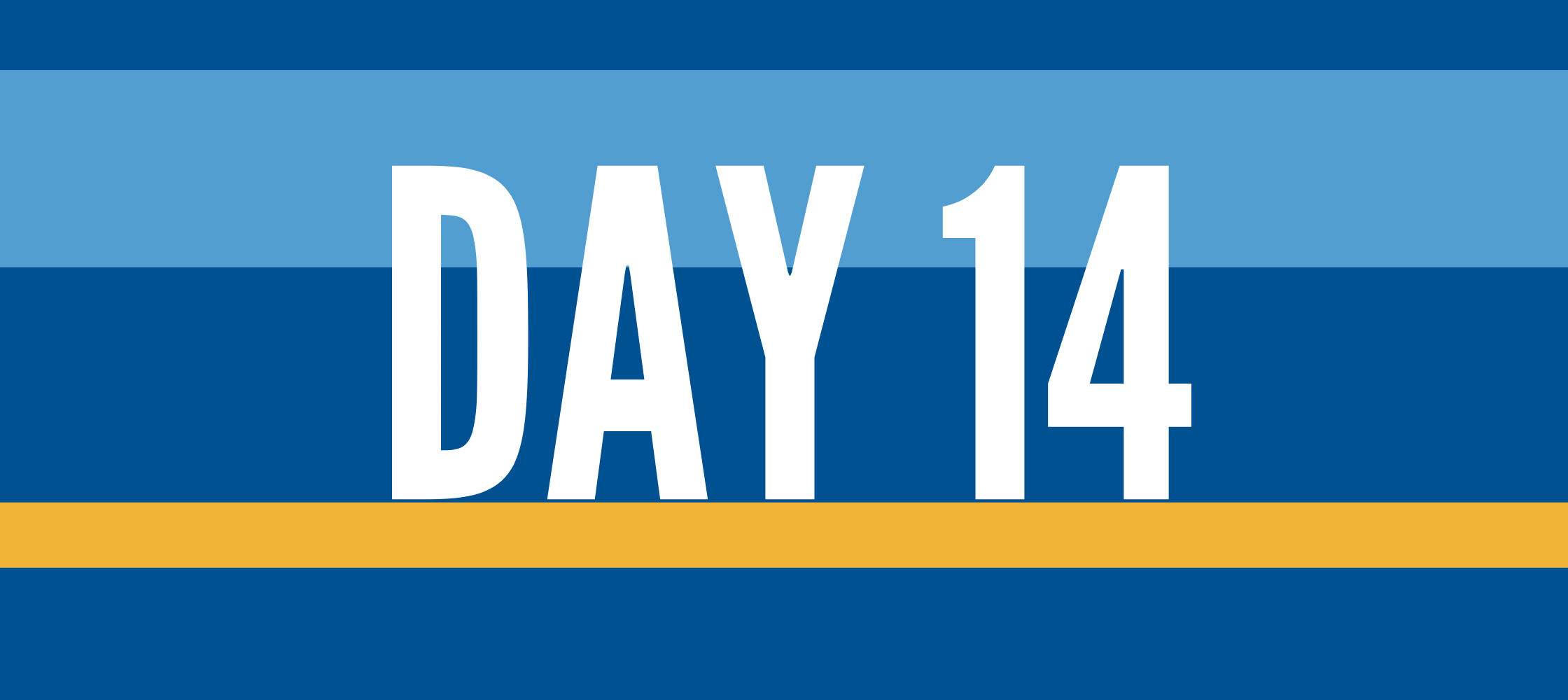
More than 65 years after the landmark Supreme Court decision in Brown v. Board of Education declaring racial segregation in public schools unconstitutional, studies show that public schools across the United States are just as racially segregated as they were in the Jim Crow era. According to a new report by EdBuild, U.S. school districts that predominantly serve students of color received $23 billion less in funding than mostly White school districts in 2016, despite serving the same number of students.
One reason for this is the way that attendance zones are drawn to include, and exclude, families of certain races based on the neighborhoods they live in. “We have built a school funding system that is reliant on geography, and therefore the school funding system has inherited all of the historical ills of where we have forced and incentivized people to live,” says Rebecca Sibilia, CEO of EdBuild. Decades of housing and neighborhood discrimination have caused inequities in where people live; this has made it even easier to draw attendance zones according to “desirable” or “undesirable” neighborhoods which further separate students based on racial lines.
Often, funding of schools is the root cause for differences in opportunity and access for Black and brown children, with a direct relationship between inadequate funding and lack of opportunities. Furthermore, Black children are also criminalized and targeted by discriminatory practices in schools that suspend and expel them at alarmingly disproportionate rates, which further contributes to the “school-to-prison pipeline.”
Today’s Challenge
Read
- Michigan is in the bottom 10 states for African American students in early literacy and eighth-grade math. Review the 2020 Michigan Achieves! Indicators (page 25) in this 2020 State of Michigan Education Report. (5 mins)
Watch
- MasterClass is offering the course, Black History, Freedom, & Love: The History You Weren’t Taught in School, for free during the month of February.
https://learn.masterclass.com/blackhistorymonth - Watch How America’s Public Schools Keep Kids in Poverty, a TED Talk with Kandice Sumner. “We sit and we keep banging our heads against this term —’achievement gap’…I think we, as Gloria Ladson-Billings says, should flip our paradigm and our language and call it what it really is. It is not an achievement gap; it’s an education debt, for all of the foregone schooling resources that were never invested in the education of the Black and Brown child over time.” (13:42)
https://www.ted.com/talks/kandice_sumner_how_america_s_public_schools_keep_kids_in_poverty - Watch this TedxTalk by Dorinda Carter Andrews, MSU Professor and Chairperson of the Department of Teacher Education, where she challenges us to consider how gaps in critical consciousness and mindsets for adults and students in schools prevent us from providing equitable schooling experiences for all students. (15:06) https://www.youtube.com/watch?v=iOrgf3wTUbo
Engage
- Review ProPublica’s interactive database to examine racial disparities in educational opportunities and school discipline. Data is available for more than 96,000 individual public and charter schools and 17,000 districts. https://projects.propublica.org/miseducation/
Discuss
- What does accountability with respect to racial justice look like in education?
- What is the role of relationship, community, and partnership in racial justice work?
